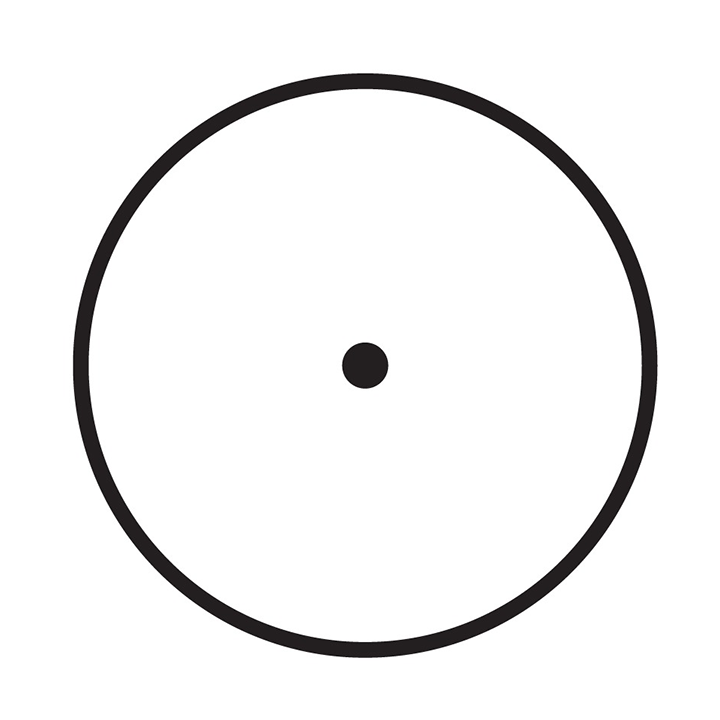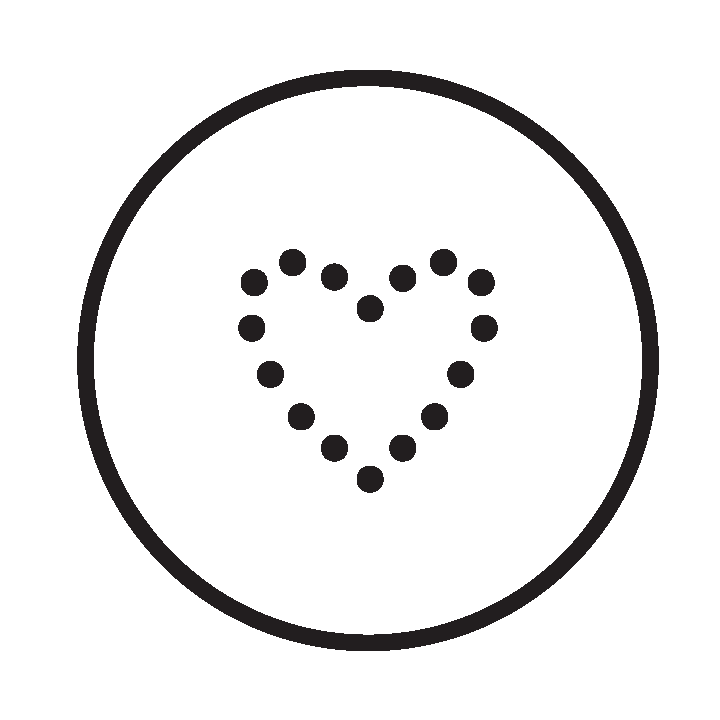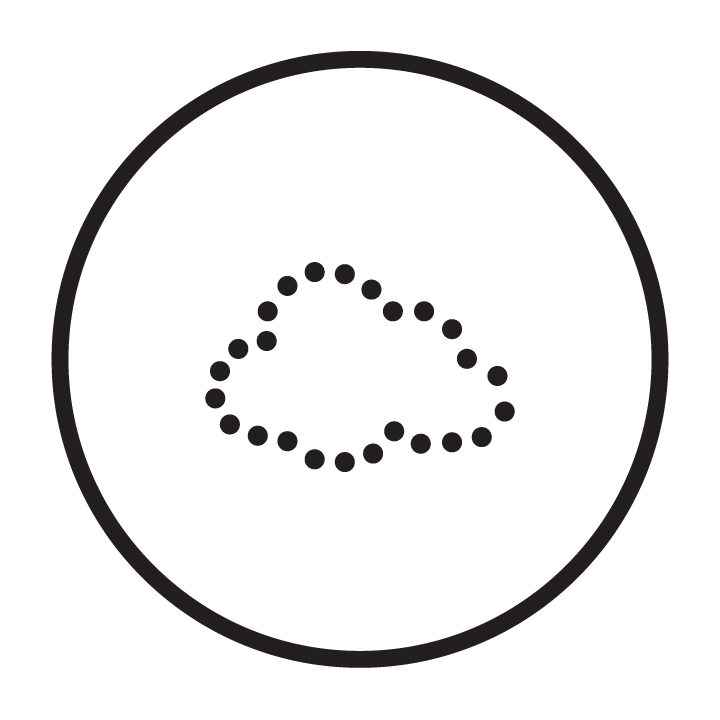Seika:
virtual reality meditation UX reserach

A virtual reality meditation UX reserach for Gen-Z rooted in Zen Buddhist philosophy. We reimagine Cyberspace as a collective space beyond the laws of physics–a space where mind rather than matter reigns, leading the audience on a journey to rethink materialism in an increasingly digital future.
Role
UX Researcher
Instructor
Shiraz Abdullahi Gallab, Daniel Shiffmam
Timeline
Sept 2022
Role
UX Researcher
Instructor
Shiraz Abdullahi Gallab, Daniel Shiffmam
Timeline
Sept 2022
Problem
Extended reality has been employed as tools in the treatment of various mental health disorders for the past decade. Studies have reported positive results on their effectiveness in the diagnosis and treatment of mental health disorders. VR/AR/MR have been hailed as a solution to the acute shortage of mental health professionals and the lack of access to mental healthcare.
On the flip side, the young generations tend to spend a significant amount of time playing 3D immersive games and using social media, which can lead to insecurity, anxiety, depression, and behavioral addiction. Additionally, endless scrolling through social media platforms negatively affects individuals' attention span as well as aggravating the symptoms of adolescents with attention deficit hyperactivity disorder.
To explore the ramifications of expanding applications of the XR on mental health for young generations, we are working on the topic of digital media anxiety to help Gen-Z who use digital media frequently to achieve better mental health through SEIKA, a vr meditation experience focus on mindful digital media use.
Research
Secondary Research
Our research started from secondary research. We looked at recent research and studies about Mindfulness-Based Stress Reduction (MBSR), A Mindful Approach to Depression and Anxiety (MBCT), virtual reality therapy for mental health, Brown Mindfulness Center, amongst many others.
View full resource list here
We get to know the influence of XR in mental health:
Current applications
- Attention deficit
hyperactivity disorder (ADHD)
- Eating disorders
- Anxiety, phobias and post-traumatic stress disorder
- Autism
- Stress and pain management
Projected benefits
- Communites where user can make new friends, socialize, and maintain relationships
- Mental health professionals in the form of “avatars”
- Immersive spaces for practise mindfulness, meditation, or yoga
Negative impact
- Lower working memory capacity
- The habit of comparing oneself
with others
- Body dysmorphia
- Fear Of Missing Out
- Gaming addiction
Primary Research
Alongside the learning previous research conducted by scholars and designers, we also conducted primary research with experts and users.
The goal is to
- Understand why young adults use XR and what types of gratifications do they obtain from such experiences
- Understand the impact of XR on young adult's mental health and the common causes of anxiety related to media use
- Understand young adults’ attitudes toward and familiarity with VR therapy
We had the opportunity to speak with Thupten Tendhar, Geshe Buddhist Studies at URI, and Lin Du, PhD East Asian Studies at UCLA. They gave us valuable insight into the current meditation experience from both academic and practical perspectives.
We also talked with 4 Gen-Z user who have mental health issue related to dgital media over-use. We approached several different types of people to help us understand how they felt about XR and their previous meditation experience.
View the user guide for interview here
We also talked with 4 Gen-Z user who have mental health issue related to dgital media over-use. We approached several different types of people to help us understand how they felt about XR and their previous meditation experience.
View the user guide for interview here


Research Synthesis
Insights
In our research, we uncovered 3 key insights. These insights became the foundation for us to begin defining our future experience.
01
Passive engagement
Gen-Z meditators easily fail to follow the guidance as opposed to getting immersed into them. Because today's digital-based meditation methods, such as apps and youtube sound guidance, have a long learning curve.
Passive engagement
Gen-Z meditators easily fail to follow the guidance as opposed to getting immersed into them. Because today's digital-based meditation methods, such as apps and youtube sound guidance, have a long learning curve.
02
Inaccessible meditation techniques
Gen-Z meditators find it hard to find the perfect meditation technique for them.
Mindfulness is the dominant way and it takes time to get to know the technique they are not unfamiliar with.
Inaccessible meditation techniques
Gen-Z meditators find it hard to find the perfect meditation technique for them.
Mindfulness is the dominant way and it takes time to get to know the technique they are not unfamiliar with.
03
Missing context
Gen-Z meditators find it hard to incorporate meditation into daily life.
Meditation is decontextualized. The living environments and human relationships within which Gen-Z meditators are situated are not well represented.
Missing context
Gen-Z meditators find it hard to incorporate meditation into daily life.
Meditation is decontextualized. The living environments and human relationships within which Gen-Z meditators are situated are not well represented.
Design Principles
With our research insights in mind, we developed 5 design principles to help us better define our experience.
01
Recontextualize meditation with multisensory, immersive engagement.
Recontextualize meditation with multisensory, immersive engagement.
02
Celebrate and augment the existing digital environment, rather than simulate the natural environment.
Celebrate and augment the existing digital environment, rather than simulate the natural environment.
03
Develop a clear narrative that showcases meditation connections to daily life.
Develop a clear narrative that showcases meditation connections to daily life.
04
Create an accessible experience, allowing easy engagement with different methods.
Create an accessible experience, allowing easy engagement with different methods.
05
Make the experience participatory. Actively engage meditators with content, then invite them to express themselves.
Make the experience participatory. Actively engage meditators with content, then invite them to express themselves.
Ideation
6 Meditation Methods
We choose 6 meditation methods that are reverse-engineered from the Buddhist meditative traditions and from secular mindfulness techniques. Each of these ways complements the others, but are also complete in themselves. They are also modules in a larger practice system. They can be practiced separately or they can be combined in extraordinary ways.

Concentration

Mindfulness

Heartfulness

Inquiry

Awareness

Embodiment
Experience Framework
We also discussed a larger system framework of our meditation experience. involves a progressive movement through 3 phases of practice, Preparing, Practicing, and Integration, each of which are made up of 3 smaller movements for meditators of different levels to learn and customize.
01
Preparing
Preparing
- Energy
- Time
- Space
02
Practicing
Practicing
- Intention
- Entry
- Meditation
03
Integration
Integration
- Closing
- Journaling
- Reflection
User Studies
We created persona and mapped out user’s journeys during the using process. This helped us connect the pain points to specific parts of the process.


Design & Testing
Diary Study
Check-In Questions
Before you start, please answer the following questions in your diary:
Before you start, please answer the following questions in your diary:
- How are you feeling now?
- What time of day do you use the experience?
- Where do you use the experience?
- What motivates you to use the experience?
- In the experience, please pay attention to the following elements, and how do you feel about them: voice, color, movement
Check-Out
Questions
After you finished, please answer the following questions in your diary:
After you finished, please answer the following questions in your diary:
- How are you feeling now?
- What do you think about the voice?
- What do you think about the color palette?
- What do you think about the movement?
- Any other things in the experience that you like/dislike?
Iteration
Color
- White landscape is too bright and cause eye discomfort
- Blue helps calm down fast
- Black sky too strongly contrast with the landscape
Voice
- Peaceful but abstract to understand
- Hard to hear understand
Movement
- A bit dizzy for naive user
- Sometimes unexpected bc sound and movement are unsync
Other
- The ray cast of controller is distracting
- Add option for guidence voice-off
- Day/night mode